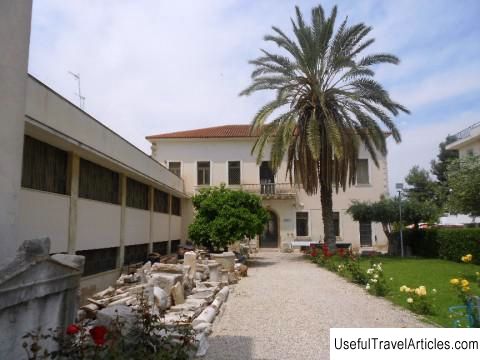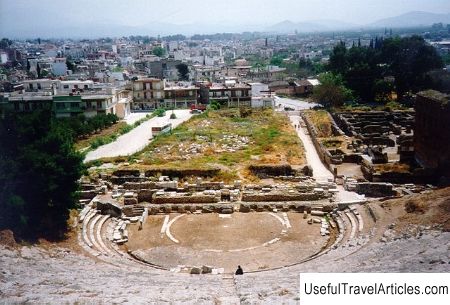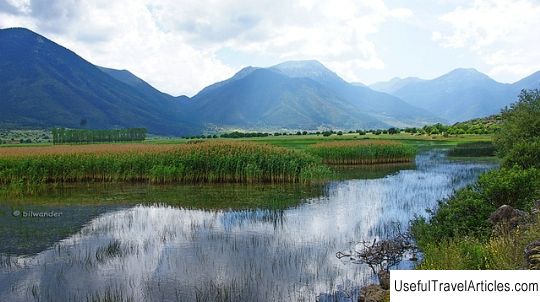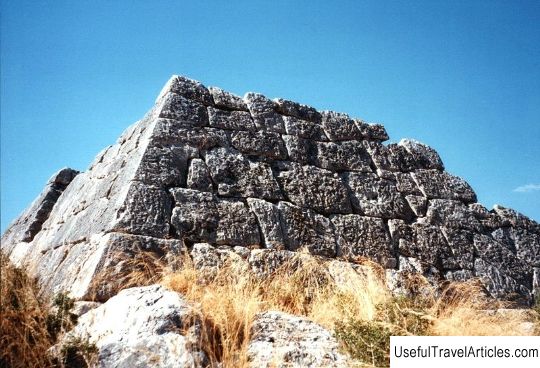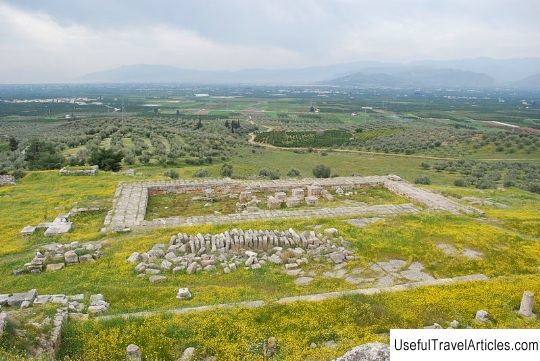Lerna description and photos - Greece: Argos
Rating: 7,8/10 (511 votes) 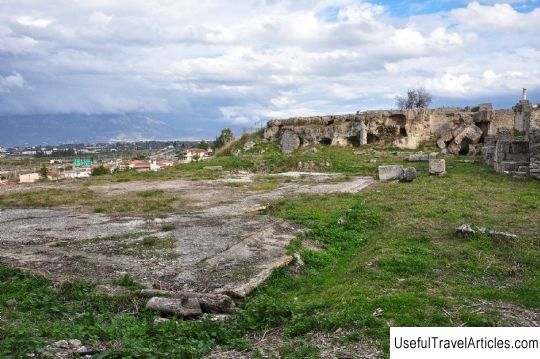
Lerna description and photos - Greece: Argos. Detailed information about the attraction. Description, photographs and a map showing the nearest significant objects. The name in English is Lerna. Photo and descriptionNot far from the eastern coast of the Peloponnese, south of Argos, during the time of classical Greece, was the ancient city of Lerna, famous for its springs and lake. This area is described in Greek mythology as the lair of the Lernaean hydra - a multi-headed snake that lived in underground waters and was killed by Hercules (the second feat of Hercules). According to legend, it was near this lake that the entrance to the underworld of Hades was located, and the Lernean hydra was the guardian of the entrance. The famous karst springs have survived to this day, while the legendary lake completely dried up in the 19th century. Today, the ruins of the ancient city are located near the village of Mili near the Argolic Gulf. In 1952, archaeological excavations began in Lerna under the leadership of John Caskey. It was his publications that inspired archaeologists for further research. Excavations have shown that Lerna was a multi-layered settlement that existed from the Early Neolithic to the Late Bronze Age (mid-6th millennium BC - 3rd quarter of the 2nd millennium BC). One of the largest prehistoric mounds in Greece was discovered in Lerna. It was formed in the Neolithic era and is considered as two layers - Lerna I and Lerna II. Then the area was empty for some time, after which the top of the mound was leveled and stretched. A new settlement appeared on top of the mound (Lerna III). One of the famous archaeological sites in Lerna from this period is the two-story Early Bronze Age structure known as the “Tiled House”, dating from the Early Helladic II period (2500-2200 BC). Most likely, it was the ruler's house or administrative center. Of particular interest is the roof covered with baked clay tiles (tiles became widespread in Greek architecture only in the 7th century BC). The house also has a staircase leading to the second floor. The building was destroyed by fire. Lerna IV differs significantly from the previous period and is already a small urban-type settlement with small brick houses separated by narrow lanes. In the same period, structures appeared in the form of wells, which were probably used as pits for garbage (various waste, bones, shards and even whole clay products were found in them). Lerna V is characterized by multiple burials within and between houses. The so-called mine tombs date back to the same period. Lerna has changed, developed. ... Ceramics have changed and improved. The shape changed, new types and styles of products appeared, the methods of their manufacture were improved (a potter's wheel was used). The painting of ceramics also changed. The third period is characterized by pottery, for which cylinder seals were used to decorate.In the Mycenaean era, Lerna was a cemetery, and was abandoned around 1250 BC Many archaeological artifacts discovered during the excavations of Lerna can be see in the Archaeological Museum of Argos.       We also recommend reading Church of the Savior on the Marketplace description and photos - Russia - Golden Ring: Rostov the Great Topic: Lerna description and photos - Greece: Argos. |
